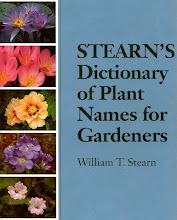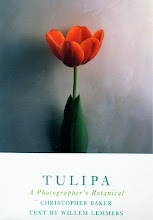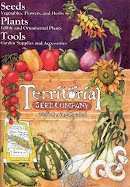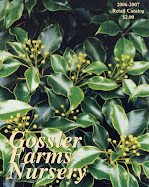Sassafras albidum var. molle Washington Park Arboretum November 2011
Sassafras albidum var. molle Washington Park Arboretum November 2011
Sassafras albidum var. molle Washington Park Arboretum November 2011
Sassafras albidum var. molle Washington Park Arboretum November 2011
Sassafras albidum var. molle Washington Park Arboretum November 2011
Sassafras albidum var. molle Washington Park Arboretum November 2011
A friend took me to see Sassafras albidum at the Washington Park Arboretum. I was glad because I had never seen Sassafras & didn't know where to look. I was quite impressed by the beauty of the foliage & the thicket of canes. My friend pointed out that the leaves come in 4 shapes: 1 lobe, 2 lobes (both right-hand & left-hand mittens) & 3 lobes. I realized I had seen the leaves before when they were brought to a garden group meeting. Gabriel Rochard wrote, 'One of my favourites. I've discovered it in a nursery in France, a great Lauraceae and beautiful in Fall.' In Native Trees, Shrubs & Vines, William Calluna writes, 'While you need to take a certain rambunctiousness into account with sassafras, in the right situation, like the boundary between lawn & field or field & forest, it is interesting in carriage, flower & leaf, & I highly recommend it.' In the city, I can see sassafras between properties, or at the boundary between lawn & alley. I would fear to let it loose in our Northwest forests. Calluna also writes, 'I have had some trees in my yard that grew contentedly as a single trunk, while others were readily thicket forming.' As a medium tree with a single trunk, it would be appropriate almost anywhere.
From the US Forest Service: Sassafras albidum is common on abandoned farmlands throughout its range. Sassafras is a common component of bear oak (Quercus ilicifolia) scrub on dry sites along the Coastal Plain. In dry pine-oak forests, sassafras sprouts prolifically & is a dominant shrub producing extensive thickets where few other woody plants can establish. In the northern parts of its range, sassafras occurs in the understory of open stands of aspen & in northern pin oak (Quercus ellipsoidalis) stands. On poor sites, particularly in the Appalachian Mountains, sassafras is frequently associated with black locust (Robinia pseudoacacia) & amp; sourwood (Oxydendron arboreum). In old fields with deep soils, sassafras commonly grows with elms, ashes, Acer saccharum & Liriodendron tulipifera.
From the US Forest Service: Sassafras albidum is common on abandoned farmlands throughout its range. Sassafras is a common component of bear oak (Quercus ilicifolia) scrub on dry sites along the Coastal Plain. In dry pine-oak forests, sassafras sprouts prolifically & is a dominant shrub producing extensive thickets where few other woody plants can establish. In the northern parts of its range, sassafras occurs in the understory of open stands of aspen & in northern pin oak (Quercus ellipsoidalis) stands. On poor sites, particularly in the Appalachian Mountains, sassafras is frequently associated with black locust (Robinia pseudoacacia) & amp; sourwood (Oxydendron arboreum). In old fields with deep soils, sassafras commonly grows with elms, ashes, Acer saccharum & Liriodendron tulipifera.











































































